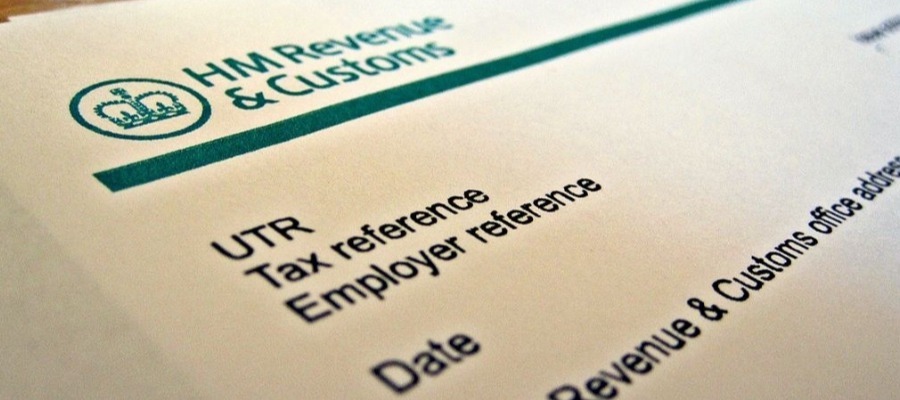If you are self-employed, you will receive a UTR number after registering with HM Revenues & Customs (HMRC). The UTR number is a way for them to identify you for tax purposes. It stands for Unique Taxpayer Reference, and each one is 10 digits long.
This is a sensitive number. It allows HMRC to identify who you are and for that reason should not be shared. Someone with your UTR number can find out every detail that the HMRC has about you. Considering all that is involved with filing taxes, this is a lot of information. You should avoid sharing with anyone, even when getting paid by a client.
Because of this, finding out what the number is again can be complicated – but not impossible. You have several different options for retrieving it if you’ve lost it.
Finding Your UTR Number
- The easiest way to find your UTR number relies on your ability to sign in to your HM Revenues & Customs account. You likely made this when you were doing your initial registration with HMRC as a self-employed person. Once you are logged in, you will find the number in your self-assessment section.
- If you can’t find it there, another option is to look at your tax return from HMRC. The UTR number should be on there along with your other tax details. Look for any correspondence from HMRC and you may find the number there as well.
- When all else fails, you can get in touch with HMRC directly. The Self-Assessment Helpline will work with you to provide the lost UTR number to you. You may have guessed that this option involves a number of security checks to make sure you are who you say you are. After the security checks, it can take up to 7 days to get your number to you.
Maybe you think you know what your UTR number is but you are not totally sure. In this instance, you can still verify whether you have the right number, either by going to the HMRC website or calling their helpline. They can run a check and tell you whether this number is accurate.
Company UTR Numbers
Company UTR numbers are handled differently. This number is not the same as a personal UTR number, even though a person may have both a personal and limited company number. Finding this number is as simple as requesting it online.
For this situation, you will need your company’s registration number and name. The HMRC then sends it to the business address it was registered with. The exceptions are if your company was closed, dissolved, or no longer registered. You won’t be able to retrieve the old number in these scenarios.
Your UTR number is highly important, so you may feel some anxiety if you lose it. There are some complicated steps to getting it back due to its sensitive nature, but it is not impossible. After getting through some simple security checks, you can get your number back again – and, hopefully, keep it somewhere safe!








